

1958- |
1955-2014 |
1958-2010 |
1959-2010 |
1959-2010 |
1963-1973 |
1985-2010 |
This painting was inspired by debate on the nature of art, and the meaning of non-objective art. I was fully aware of the body of work the cubist had created. they had inspired great arguments on "what is art". They also forced the definition between (abstract) art and non-objective art. Abstract was a derivative of objective representational art, and non-objective art sought to remain "pure" in it's regard to form, color and composition. This was the beginning of thought and art as existing in a virtual world. It was the world of thought as put forward by Plato, Pythagoras, and various "Thinkers" of ancient times. In my own mind the process of "Pure" construction where art was it's own conceptual entity, began here. Later the electronic tools came along to work with both analog and digital electronic media. There is a definition at this point between what is a computer and what is an electronic device. The other question I have thought about is what is imagination, virtual reality and the relationship between literature and intelligence. |
Non-Object 2, 1958 Glen River - Artist Oil on panel, 16 x 24 in. |
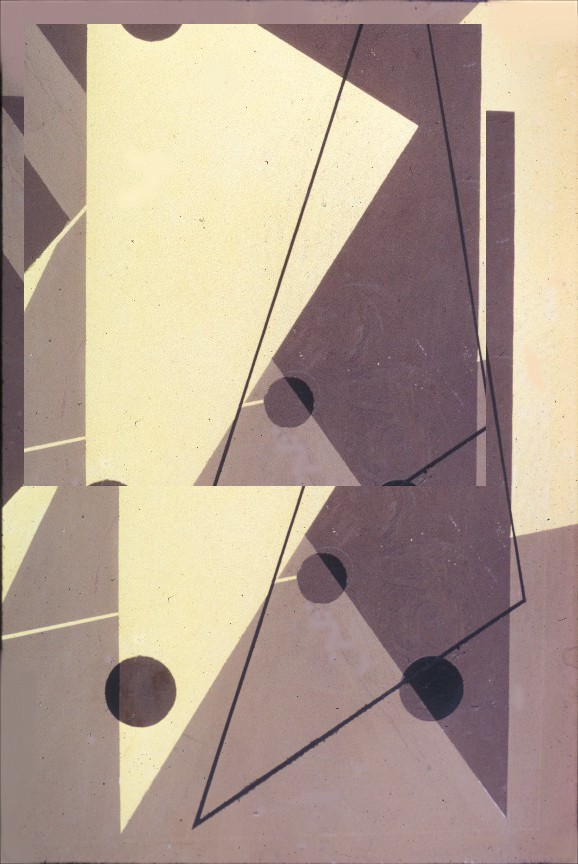
The original art again was oil on canvas which was imported within the computer. It has often been my habit to import and rework art. The focus here is to get to the essence of the art and discover it's abilities in the computer environment. |
Computer Art ~ 1958 - 1994 PC |
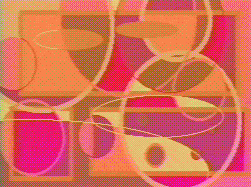
The Amiga art in this group are completely generated within the computer. It has often been my habit to import and rework art, but in this series a pure nonobjective cyborg-reality was the focus. Over the years I return to this way of working as a touchstone to native abilities in the computer environment. |
Computer Art ~ Amiga 1985 |
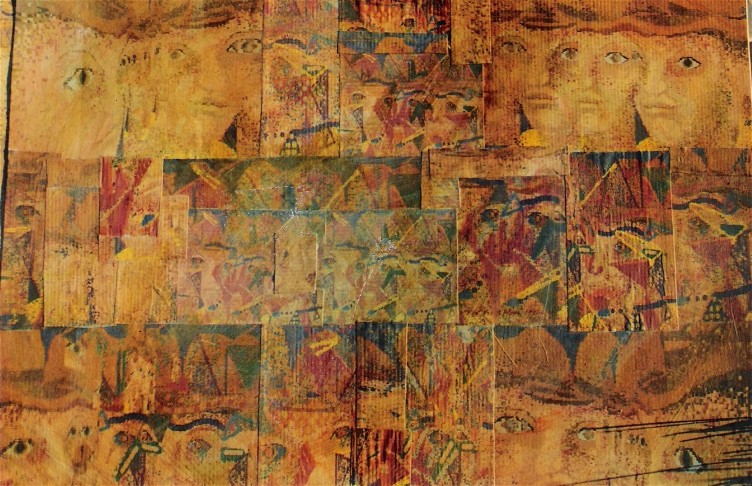
This mixed media work was originated in the Amiga. I had worked this group in the computer and made various prints which were then cut and pasted in the old cubist tradition, and also painted. |
Rig 1986, Amiga |
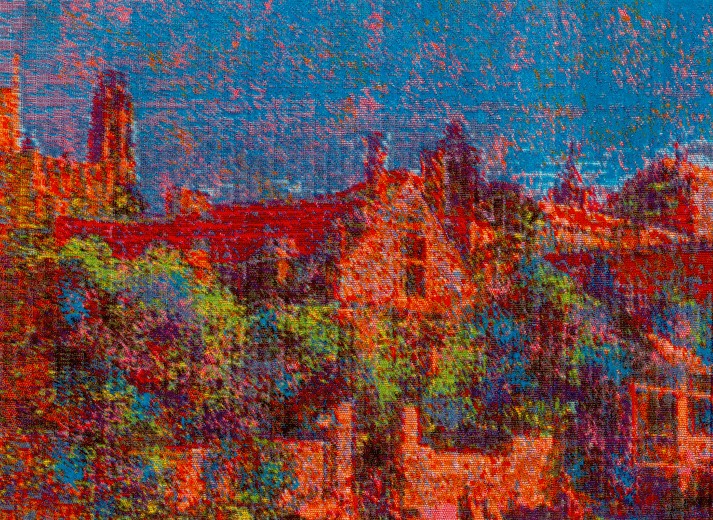
This image was imported with an Amiga frame-grabber. This was part of a Portraits Of Place series on Yale. I had worked them in the computer and made various prints of images. Unfortunately this series was lost. |
Comp. Yale Campus 1986, Amiga |
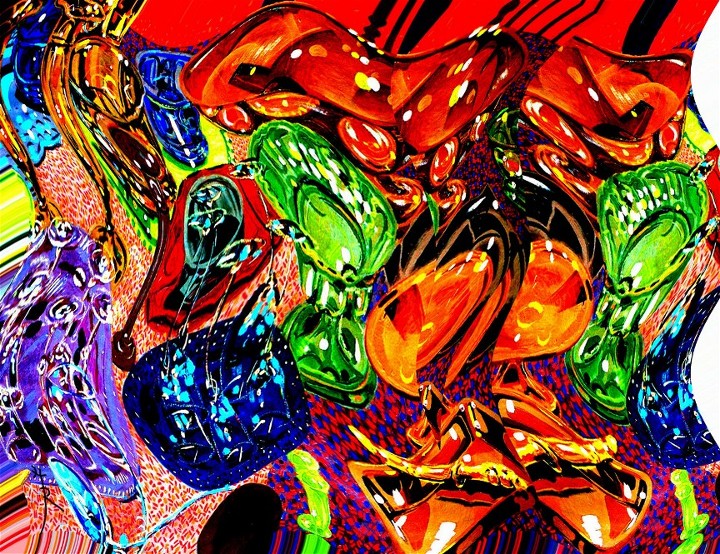
|
C Wave Table Setting (reworked) 2001, PC |
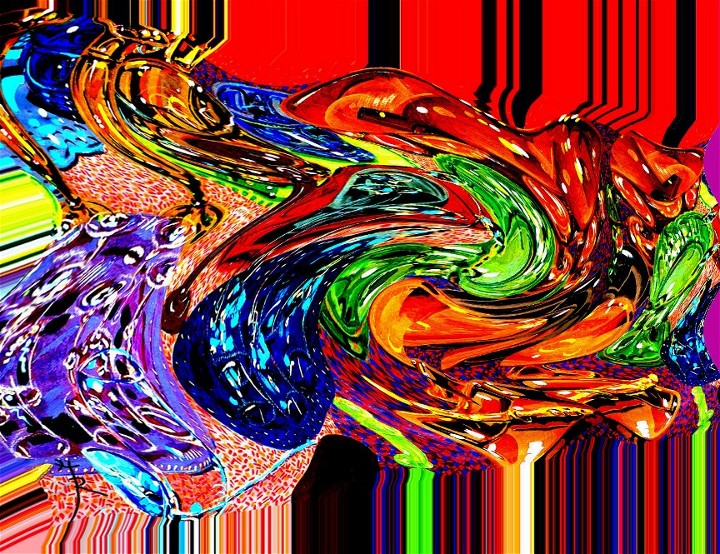
The Amiga was a family of personal computers originally developed by Amiga Corporation. Commodore International bought Amiga Corporation and introduced the machine to the market in 1985. The platform quickly grew in popularity among computer enthusiasts, especially in Europe. It also found a prominent role in the desktop video, video production, and show control business, largely due to the Video Toaster video editing system, and was a less expensive alternative to the Apple Macintosh and IBM-PC. The Amiga's native ability to play back several channels of digital samples made it a popular platform for early "Tracker" music software, and the machine's relatively powerful processor and ability to access several megabytes of memory led to the development of several 3D rendering packages, including LightWave 3D and Blender. Since the demise of Commodore, various groups have marketed successors to the original Amiga line. Eyetech sold Amiga hardware under the AmigaOne brand from 2002 to 2005. A-Cube currently sell the Sam440 PPC board designed to run the latest AmigaOS 4.1 (as of 2009). At its core, the Amiga features custom designed coprocessors, used for handling tasks such as audio, video, encoding and animation. This freed up the Amiga's central processor for other tasks (given that the coprocessors could keep up with the central processor's demands) and gave the Amiga an edge on its competitors in many situations. The platform also introduced other innovations. The Amiga CDTV, for example, was the first computer to feature a CD-ROM drive as standard, as well as being one of the earlier computers to no longer include a floppy drive in the standard configuration. The Amiga was also one of the first computers for which inexpensive sound sampling and video digitization accessories were available. Although it was once regarded as "unemulatable,"[12] since around 2000, many different platforms have Amiga emulation programs available that reproduce the Amiga's hardware functions in software. This allows users to run Amiga software without the need for an actual Amiga computer. A 4,096 color HAM picture created with Photon PaintAll Amiga systems can display full-screen animated graphics with 32, 64 (EHB Mode) or 4096 colors (HAM Mode). Models with the AGA chipset (A1200 and A4000) also have 128, 256 and 262144 (HAM Mode) color modes and a palette expanded from 4096 to 16.8 million colors. The Amiga chipset can genlock — adjust its own screen refresh timing to match an NTSC or PAL video signal. When combined with setting transparency, this allows an Amiga to overlay an external video source with graphics. This ability made the Amiga popular for many applications, and provides the ability to do character generation and CGI effects far more cheaply than earlier systems. Some frequent users of this ability included wedding videographers, TV stations and their weather forecasting divisions (for weather graphics and radar), advertising channels, music video production, and 'desktop video'. The NewTek Video Toaster was made possible by the genlock ability of the Amiga. The sound chip, named Paula, supports four sound channels (two for the left speaker and two for the right) with 8-bit resolution for each channel and a 6-bit volume control per channel. The analog output is connected to a low-pass filter, which filters out high-frequency aliases when the Amiga is using a lower sampling rate (see Nyquist limit). The brightness of the Amiga's power LED is used to indicate the status of the Amiga’s low-pass filter. The filter is active when the LED is at normal brightness, and deactivated when dimmed (or off on older A500 Amigas). On Amiga 1000, the power LED had no relation to the filter's status, a wire needed to be manually soldered between pins on the sound chip to disable the filter. Paula can read directly from the system's RAM, using direct memory access (DMA), making sound playback without CPU intervention possible. The quality of the Amiga's sound output, and the fact that the hardware is ubiquitous and easily addressed by software, were standout features of Amiga hardware unavailable on PC platforms for years. Third-party sound cards exist that provide DSP functions, multi-track direct-to-disk recording, multiple hardware sound channels and 16-bit and beyond resolutions. A retargetable sound API called AHI was developed allowing these cards to be used transparently by the OS and software. Many expansion boards were produced for Amiga computers to improve the performance and capability of the hardware, such as memory expansions, SCSI controllers, CPU boards, and graphics boards. Other upgrades include genlocks, Ethernet cards, modems, sound cards and samplers, video digitizers, USB cards, extra serial ports, and IDE controllers. Amiga 4000 (1992)24-bit graphics cards and video cards were also available. Graphics cards are designed primarily for 2D artwork production, workstation use, and later, gaming. Video cards are designed for inputting and outputting video signals, and processing and manipulating video. Perhaps the most famous video card in the North American market was the NewTek Video Toaster. This was a powerful video effects board which turned the Amiga into an affordable video processing computer which found its way into many professional video environments. Due to its NTSC-only design it did not find a market in countries that used the PAL standard, such as in Europe. In PAL countries the OpalVision card was popular, although less featured and supported than the Video Toaster. Low-cost time base correctors (TBCs) specifically designed to work with the Toaster quickly came to market, most of which were designed as standard Amiga bus cards. Expansion boards were made by Richmond Sound Design that allow their show control and sound design software to communicate with their custom hardware frames either by ribbon cable or fiber optic cable for long distances, allowing the Amiga to control up to eight million digitally controlled external audio, lighting, automation, relay and voltage control channels spread around a large theme park, for example. |
C Wave 2 Table Setting (reworked) 2001, PC |

PC Plaza_FX_06_60 |
Computer Art ~ 2006 |
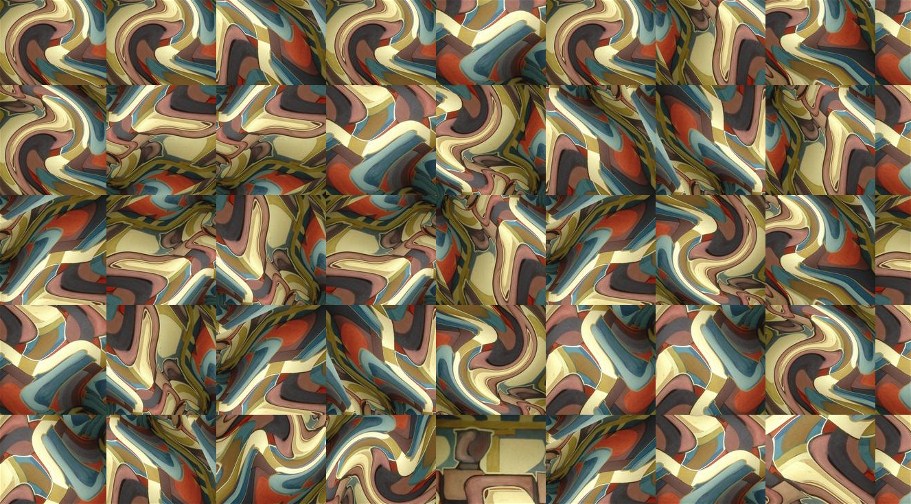
Institution |
Computer Art ~ 2007 Dynamic Web Art |
Comp_M_09v1 |
Computer Art Movies ~ 1982 - 2007 |

Poetry Cafe |
Computer Art ~ 2007 Dynamic Web Art |

Plaza |
Computer Art ~ 2007 Dynamic Web Art |

Landscape |
Computer Art ~ 2007 Dynamic Web Art |

The non-objective subject here is to get to the essence of the art as form and discover variations in the computer environment. |
Computer Art ~ 2006 - 09 PC |

The non-objective intersecting nude subject is art as idea and human scale. |
Computer Art Digitalglitch Nude 17~ 2006 - 09 PC |

The convergence of disciplines. |
Poetry Cafe 2007 |
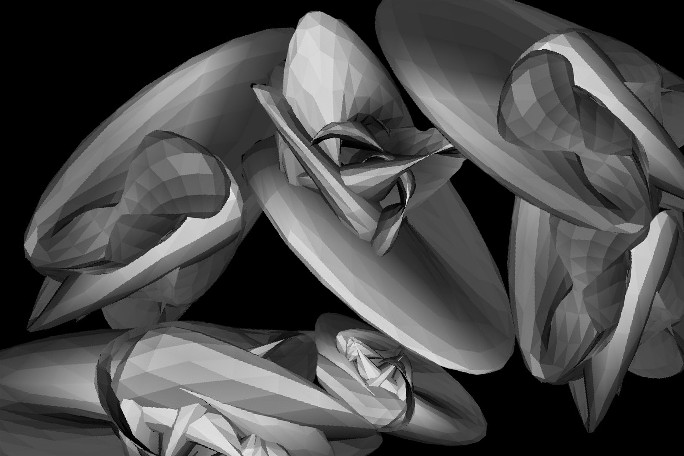
The wave form here takes the structure into a transformative state of shape. |
Sphere Harmonics 2009 |
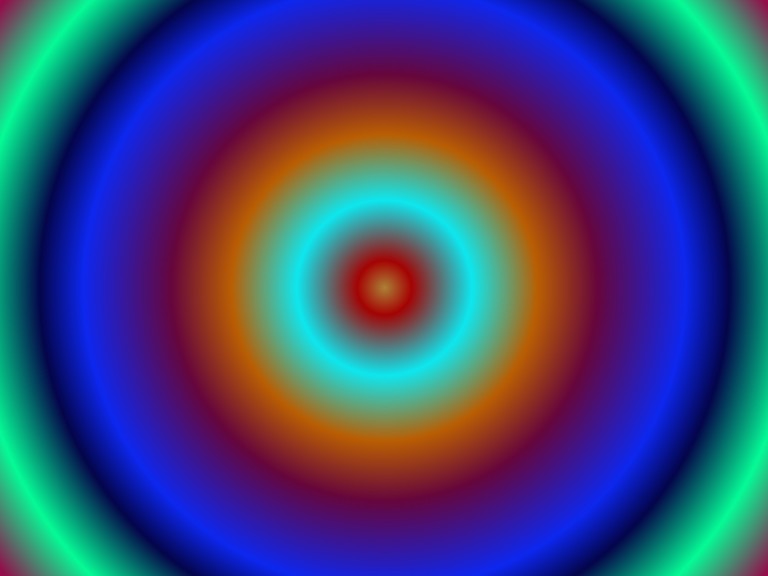
|
Computer Art 2009 |
| Computer Art 2013 - Matrix 1 | |
